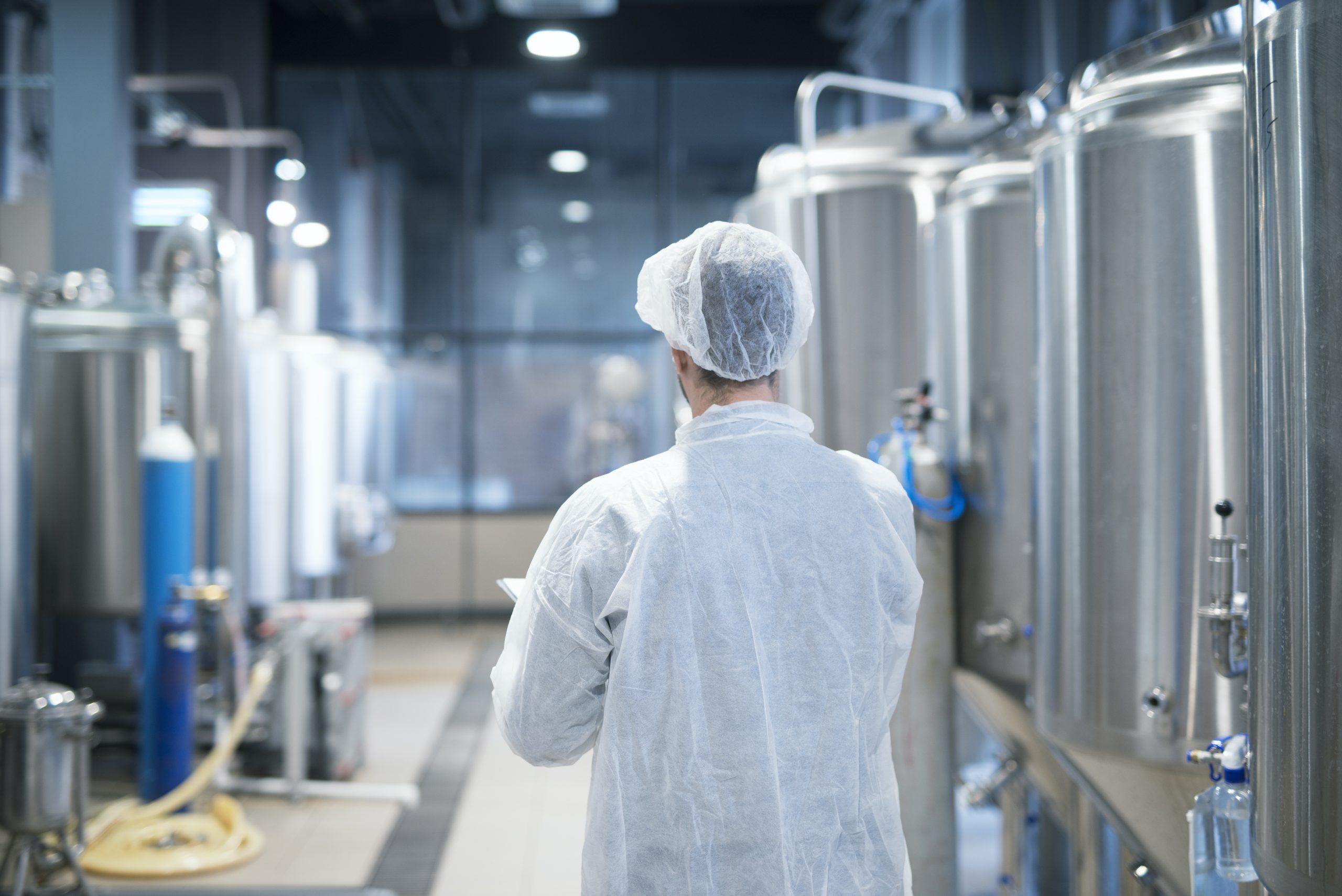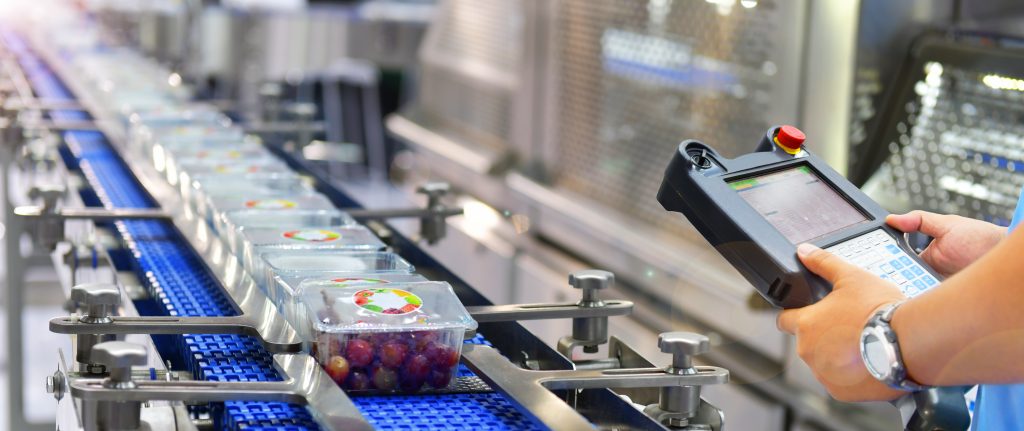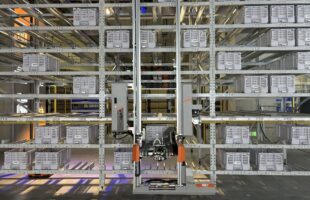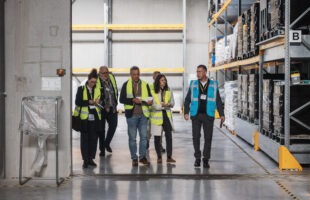
Demonstrating strict compliance in ensuring food products are hygienic will benefit manufacturers in the coming year.
Emphasis on food safety has been at its highest in the past couple of years, mostly as a result of the COVID-19 pandemic. Consumer attention on this segment has increased, meaning companies in the space have to demonstrate that not only is their output safe to eat and drink, but that they are complying with the standard.
This is especially true as the “lazy food” sector is gaining popularity, with people purchasing more packaged, frozen or takeaway food due to the pandemic. Convenience is a priority, so these easy-to-eat food items must not be contaminated and cause health hazards to the buyers. “There really should be no compromise taken when it comes to food safety,” Marc von Grabowski, Chief Executive Officer at JJ-LAPP stresses.
There’s not much new regulation to have come out in the past few years, but there are certain systems that manufacturers need to be compliant in. These include Hazard Analysis and Critical Control Point (HACCP), ISO 22000 and FSSC22000, the highest standards in terms of food safety in Singapore. Food machinery must also meet EN 1672 and ISO 14159:2002, which detail the different hygienic specifications for food processing equipment and its manufacturers.
Beyond these certifications, the basics of food safety involve ensuring that raw materials are not substandard, and its quality and freshness is maintained all throughout the value chain.
Noticing the overlooked
While monitoring the overall facility is necessary when it comes to food safety, there are a number of components that are often neglected and have the potential to cause serious issues in the long run. Processing equipment not only has to be built to the right specifications, but companies should also be aware of how the machinery is maintained and retrofitted with the correct parts. In this regard, getting experts involved will be of a great benefit.
Using the wrong materials can cause mold infestation, corrosion and rust, for instance in low-voltage cables or switches. When left unattended, these chipped cable covers and other corroded substances risk falling into the food during operations. This is why at JJ-LAPP for instance, thermoplastic elastomers (TPE) are integrated instead of using PVC-coated cables, which are traditionally used.
The cold chain is also a necessary segment for Alternative Selection, according to Managing Director Sebastian Chia. There should be no fluctuation in temperatures, which range from 0 to 4 degrees when the facility is working properly. Utilising separate tools for the company’s certified organic products line like cutting tools and cleaning equipment helps uphold their ACO accreditation.
There are also a whole host of items to take into consideration when it comes to sanitising equipment, with some companies cleaning up to thrice in a day. And as much as enterprises want cleaning to be done as fast as possible, hygiene should not be compromised so it’s a matter of ensuring that standards are met at the shortest downtime possible.
More aggressive cleaning agents, accompanied by dry ice and steam are adopted for greater efficiency. Stainless steel is also the preferred material as it’s very resistant and sanitary, but quite expensive. As a result, businesses are finding a better middle ground like mirror coating cables with a special material that can deal with temperature differences and other environmental factors like pH levels.
Technology support
Food processing facilities are now more modern and automated, and food safety can get a boost by using new innovations in technology. Temperature loggers that track data from the production room to the cold chain, ensuring that proper handling is being done even through delivery is one that Alternative Selection utilises. Additionally, when the cold chain suddenly breaks down, this event triggers the QA team to take a look. The back-up system also takes over to ensure that food spoilage and eventually wastage does not occur.

Automation is a common theme in processing, where Industry 4.0 is slowly entering the space. There’s an increased need for visibility, so sensors and cameras that deliver real-time information are gaining traction. Along with this tech is predictive analytics that analyses data and see if a certain part of the process is not meeting standards. This also helps operators make the necessary adjustments whenever the time to replace certain parts is approaching.
Labor shortage was also intensified because of the pandemic, with people getting sick and unable to go to work. As no compromises must be made when it comes to food production, production lines have been upgraded and modernised to address this need. Some innovations that are being utilised include robots that can do repetitive tasks and adapt to changing circumstances, and remote controlling and diagnosing systems.
Taking a holistic approach
Food safety does not end with receiving the certifications needed. It’s a daily commitment towards doing the right things, seeing to it that the standards are implemented on a day-to-day basis. The devil is in the details, according to von Grabowski.
Your workforce must also be taken care of as exposed cables and corroded components, for instance, can be a health hazard to those in the facility. This also lets you avoid unnecessary downtime, which can affect profitability too.
Sustainability and food safety are also closely interconnected. Contaminated products won’t go outside your facility, so these are then considered wastage. Waste also comes in the form of production downtime caused by lapses in management in the facility or things that could have been avoided in the beginning.
Which is why preparation is necessary to make sure that these lapses don’t occur and that your whole production is compliant and safe.
There are so many connecting pieces involved in machines used in food processing that make up the sophisticated and complex assembly lines that churn out the food and drinks we consume. Taking a look at all these different parts as well will be a great benefit to the players in the space.
Insights from Sebastian Chia, Managing Director at Alternative Selection; Marc von Grabowski, Chief Executive Officer at JJ-LAPP








